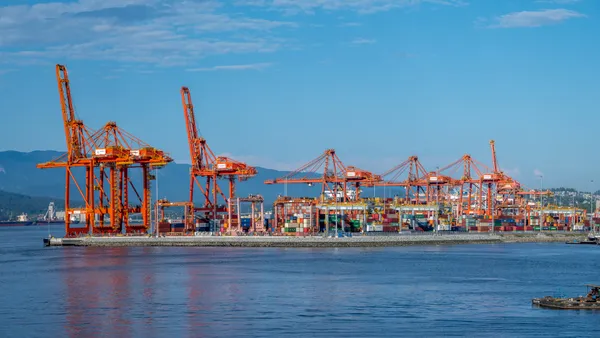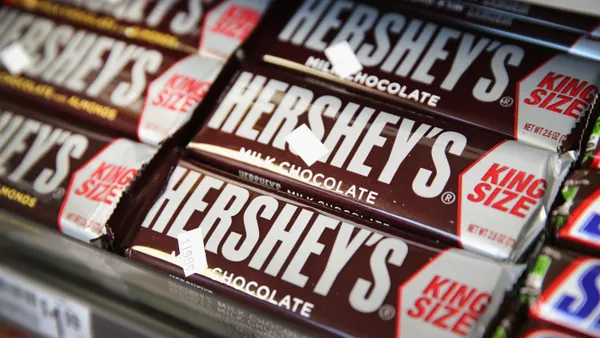Dive Brief:
- U.S. and global buyers view Vietnam and India as alternative sourcing locations to China, according to a recent Q2 Barometer report by Qima, a provider of supply chain compliance solutions. Respondents listed both countries among their top three "buying geographies."
- Roughly a third of global buyers and 38% of U.S. buyers named Vietnam as a place they intend to increase sourcing from this year. And "an influx of US-based buyers" increased inspection and audit demand in India 72% YoY, indicative of the uptick in buying interest, according to the report.
- While demand for inspections and audits in China surged during Q1 2021 to 55% YoY, it has not yet reached pre-pandemic levels, which points to a lagging recovery for sourcing.
Insight:
The slow rebound in sourcing from China and the sustained interest in other countries signals that long-term supplier diversification will stick around. Diversifying suppliers is one way to bolster resilience, meaning at least some product lines might permanently move elsewhere.
And Vietnam is high on the list to benefit, according to the report's findings. Buyers from the West have pushed inspection and audit demand up for three consecutive quarters. The demand has eclipsed pre-pandemic levels by double.
"The appetite for Vietnam sourcing is far from satisfied and is poised to redefine the sourcing landscape in 2021," the report reads.
Demand for sourcing from India is increasing, but challenges with the latest wave of COVID-19 cases could slow procurement from the country.
India's "rebound for the moment appears dependent on how effectively India manages its ongoing battle against COVID-19 as case numbers dramatically rise in April and renewed pandemic-control measures are put in place," the report stated.
Rising labor costs, a trade war and the pandemic have been key factors fueling companies to rethink their dependence on China and consider making sourcing changes. Whether that means bringing supply chains to the U.S. (reshoring), sourcing and operating in closer locations (nearshoring), or diversifying suppliers while keeping some ties to China (China+1) is still playing out.
Walmart, for instance, committed to spending $350 billion on supplies produced, grown or assembled in the U.S., supporting the made-in-America sentiment.
China was potentially going to be the "big victim" of the pandemic, said Qima Chief Marketing Officer Mathieu Labasse. But, "China managed to resume [its] export and production activity, possibly better than others."
Still, the fear that China was closing pushed buyers to find alternatives, accelerating supplier diversification away from China, he said, pointing out that this is especially true for U.S. buyers, though it is also a global trend.
"The pandemic onslaught acted as a bit of a wake up call for some companies exclusively betting on Chinese suppliers," Labasse said.
But with the possible rewards, there are also challenges to overcome. It's not an easy task to simply move supply chains away from China. And some industries are better suited for the move than others.
Vietnam might be a good alternative for apparel and footwear, but it doesn't have the established infrastructure, factories and skilled labor that China has, Labasse said, describing Vietnam as a "less mature sourcing country."
"China has its own problems. But China, for sure, has built and improved ... over the past 20 years," Labasse said. "In Vietnam ... this is a bit of a broad statement: The management is going to be less trained, less used, less aware of international standards and sometimes less aware of the local legal requirements."
This story was first published in our weekly newsletter, Supply Chain Dive: Procurement. Sign up here.















